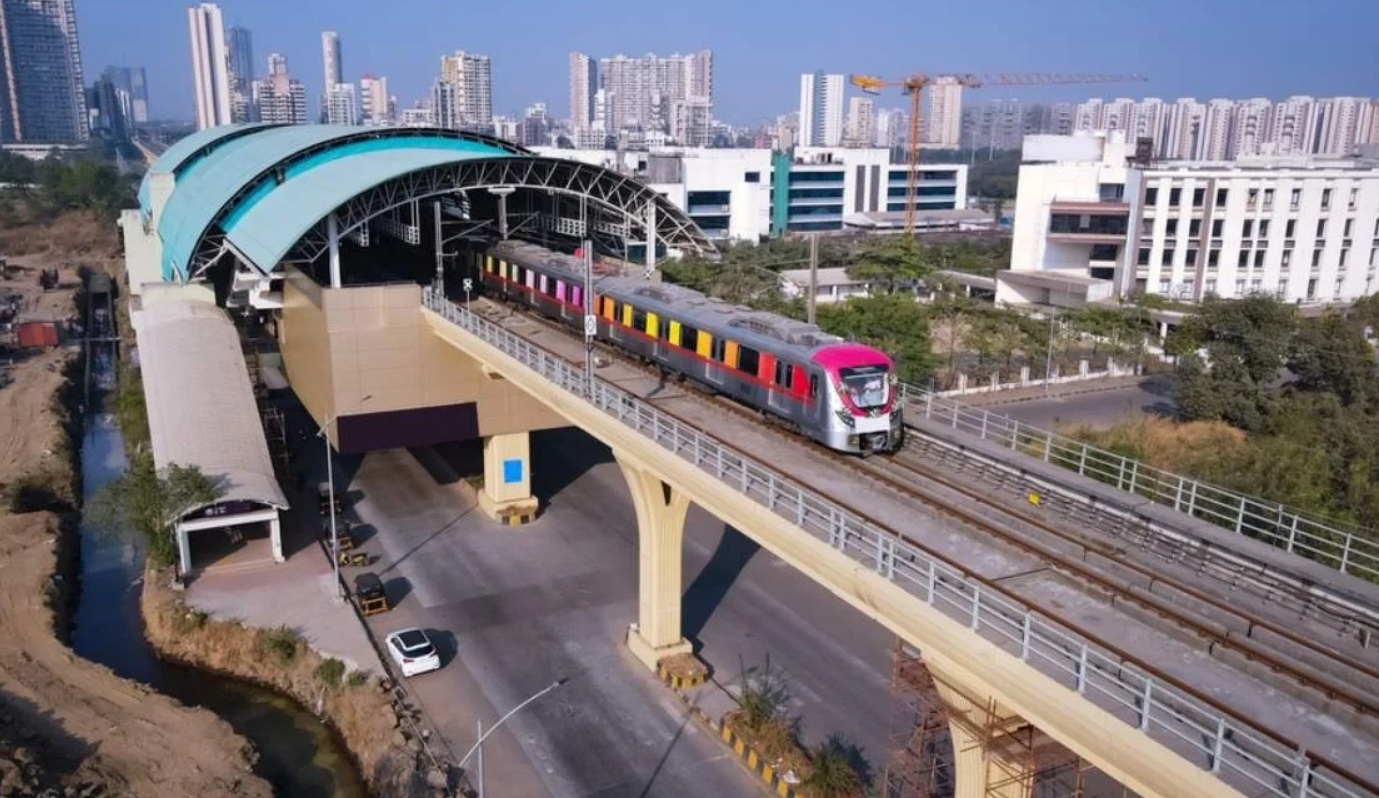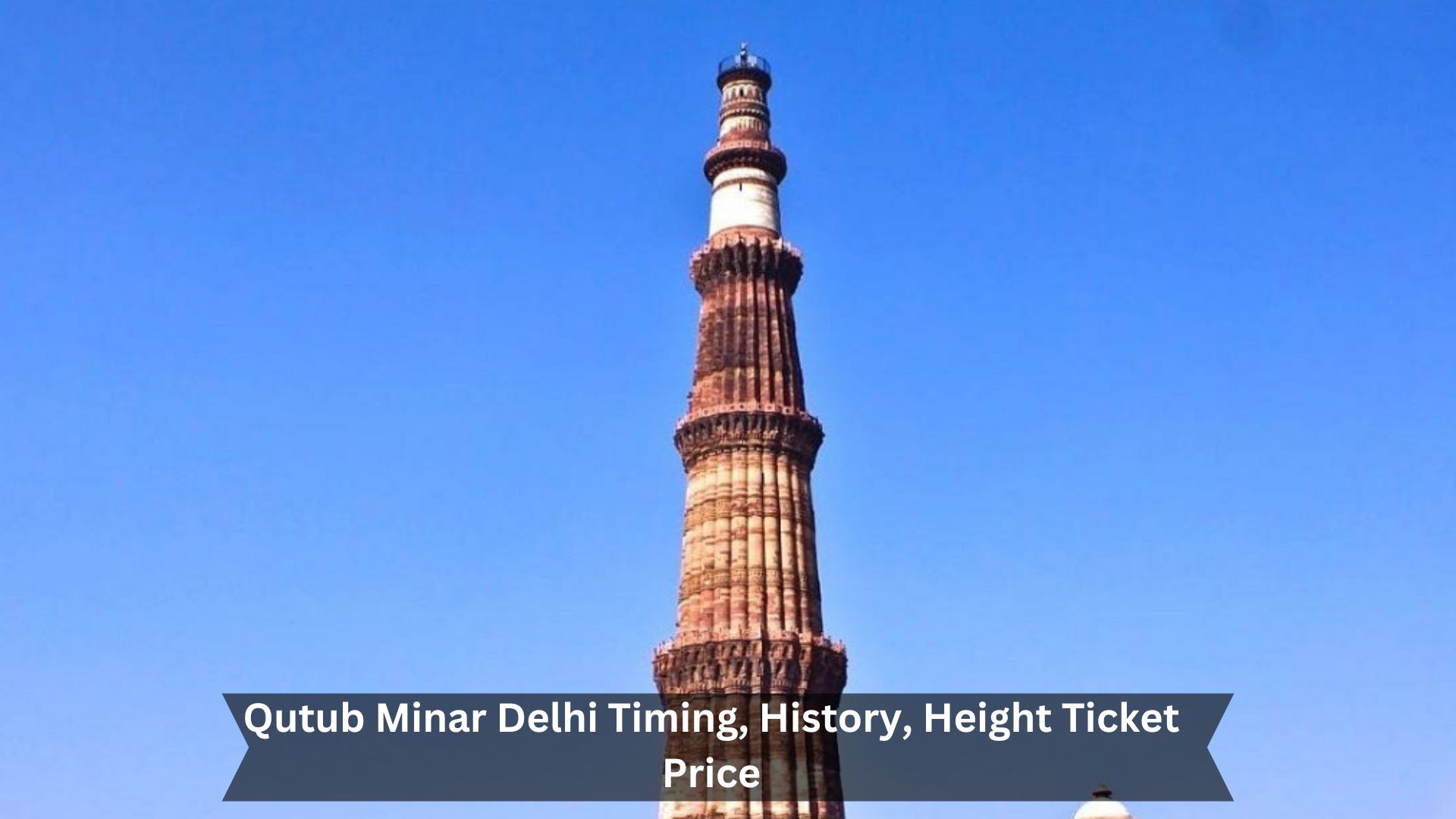Located in the center of Delhi, Qutuk Minar is an impressive example of Indo-Islamic architecture and history. It’s the tallest brick minaret in the world, standing at 72.5 meters. The tower is built from red sandstone and marble, divided into five levels, each with a balcony sticking out. The walls are covered with detailed carvings of Quranic verses, showing the cultural mix of that period. The minar and other historic buildings in the Qutub complex are vital to Delhi’s rich history and draws scholars, architects, and tourists from all over.
| Aspect | Details |
|---|---|
| Height | 72.5 meters (239.5 feet) |
| Number of Stories | 5 stories |
| Diameter at Base | 14.3 meters (47 feet) |
| Diameter at Top | 2.7 meters (9 feet) |
| Construction Material | Red sandstone and marble |
| Year of Construction | Began in 1193, completed in 1220 |
| Commissioned by | Qutb-ud-din Aibak, later completed by Iltutmish |
| Architectural Style | Indo-Islamic architecture |
| UNESCO World Heritage | Designated as a UNESCO World Heritage Site in 1993 |
| Famous for | Tallest brick minaret in the world |
| Inscribed Verses | Verses from the Quran inscribed on various sections |
| Nearby Attractions | Alai Darwaza, Quwwat-ul-Islam Mosque, Iron Pillar |
| Significance | Symbol of Islamic rule and architecture in India |
History of Qutub Minar
Built by the Ghurids

Constructed in 1199 AD, the Qutub Minar was started by Qutb-ud-Din Aibak of the Ghurid Dynasty. This marked the beginning of Muslim rule in India and showed off the era’s architectural skills. This tall tower is made primarily of red sandstone and is one of the earliest and best examples of Indo-Islamic architecture. Aibak’s successor, Iltutmish, finished building it, and later rulers added their own touches. It wasn’t just a minaret for calling people to prayer; it also stood as a sign of Islamic power and a victory symbol over the local Rajput kingdoms.
Architecture of Qutub Minar
Qutub Minar is an impressive example of Indo-Islamic architecture. It’s particularly notable for its height—72.5 meters—and its elegant design. The tower is made mainly of red sandstone and marble, one of the tallest brick minarets in the world.
The structure has five levels, each featuring a balcony that sticks out. The first three levels are built with red sandstone, and the upper two combine marble and sandstone. The minaret is beautifully decorated with carvings of Quranic verses and geometric designs that highlight the skill of the craftsmen. The design merges Indian and Islamic architectural styles, reflecting the cultural blend of that time. It’s straightforward yet sophisticated, with every detail crafted to stand out.
See Also – Statue Of Equality, Hyderabad – Timings, Tickets, Distance
Visiting Qutub Minar
Timing and ticket price information
Visiting Qutub Minar? Here’s what you need to know. It’s open every day from 7:00 AM to 5:00 PM. Plenty of time to look around! If you’re an Indian national, the ticket costs INR 30. Foreign visitors pay INR 500, but you get in free if you’re under 15.
These details should help you plan your visit, whether from here or abroad. Try to get there early, especially from October to March. That’s when it’s busiest, but the weather is great for being outside and seeing the sights.
Metro station to Qutub Minar distance
| Transport Method | Details | Approximate Cost | Travel Time |
|---|---|---|---|
| Metro | Take the Yellow Line, exit at Qutub Minar Metro Station (1.5 km away) | ₹20 – ₹50 | 30-40 minutes from Central Delhi |
| Bus | Board a DTC bus heading towards Mehrauli or Saket, alight at Qutub Minar Bus Stop | ₹10 – ₹25 | 40-60 minutes depending on traffic |
| Taxi/Cab | Book through Uber, Ola, or local taxis; direct drop-off at Qutub Minar | ₹200 – ₹400 depending on distance | 30-45 minutes from Central Delhi |
| Auto-Rickshaw/E-Rickshaw | Widely available in Delhi; negotiate fare or use the meter | ₹50 – ₹200 depending on distance | 30-45 minutes from Central Delhi |
| Bicycle | Ideal for local travel or cycling enthusiasts; bike parking near the entrance | Free or nominal parking charge | Varies based on starting point |
| From IGI Airport | Use Taxi/Metro: Yellow Line via Airport Express (change at New Delhi for Qutub Minar) | ₹300 – ₹500 | 45-60 minutes |
| From New Delhi Railway Station | Take the Yellow Line metro directly to Qutub Minar | ₹20 – ₹50 | 35-45 minutes |

The Qutub Minar Metro Station is just 1.5 kilometres away from Qutub Minar. It’s on the Yellow Line of the Delhi Metro, making it the closest station to the monument. You can walk from the station to Qutub Minar, an excellent way to see the area. If you don’t feel like walking, you can quickly grab an auto-rickshaw right outside the station. It’s a quick, cheap ride that takes about 5 minutes, depending on the traffic. This makes visiting Qutub Minar really straightforward when you’re in Delhi.
| Location | Distance from Qutub Minar | Mode of Travel | Approximate Travel Time |
|---|---|---|---|
| India Gate | 14 km | Car/Taxi | 25-30 minutes |
| Connaught Place (CP) | 17 km | Car/Taxi | 30-35 minutes |
| Red Fort (Lal Qila) | 20 km | Car/Taxi | 40-45 minutes |
| Lotus Temple | 12 km | Car/Taxi | 20-25 minutes |
| Akshardham Temple | 20 km | Car/Taxi | 40-45 minutes |
| Delhi Airport (IGI) | 13 km | Car/Taxi | 20-25 minutes |
| Hauz Khas Village | 7 km | Car/Taxi | 15-20 minutes |
See Also – Mysore Palace – Timings, Entry Fees & History
Conclusion
Qutub Minar is a must-see for anyone interested in Delhi’s history and architecture. It’s the tallest brick minaret in the world and showcases the beauty of Indo-Islamic design, highlighting India’s diverse cultural history. When you visit, you’re not just looking at ancient structures; you’re stepping into a story that spans centuries. Alongside Qutub Minar, other fascinating sights like the Iron Pillar and Alai Darwaza add to your experience. Whether you’re a history buff, love architecture, or just curious about new places, Qutub Minar offers a deep dive into India’s rich past.

Deepak Sharma is a passionate writer and avid traveler who specializes in uncovering the beauty and history of India’s attractions and temples. A graduate of Delhi University, Deepak has a deep-rooted love for his country and its rich cultural heritage.
